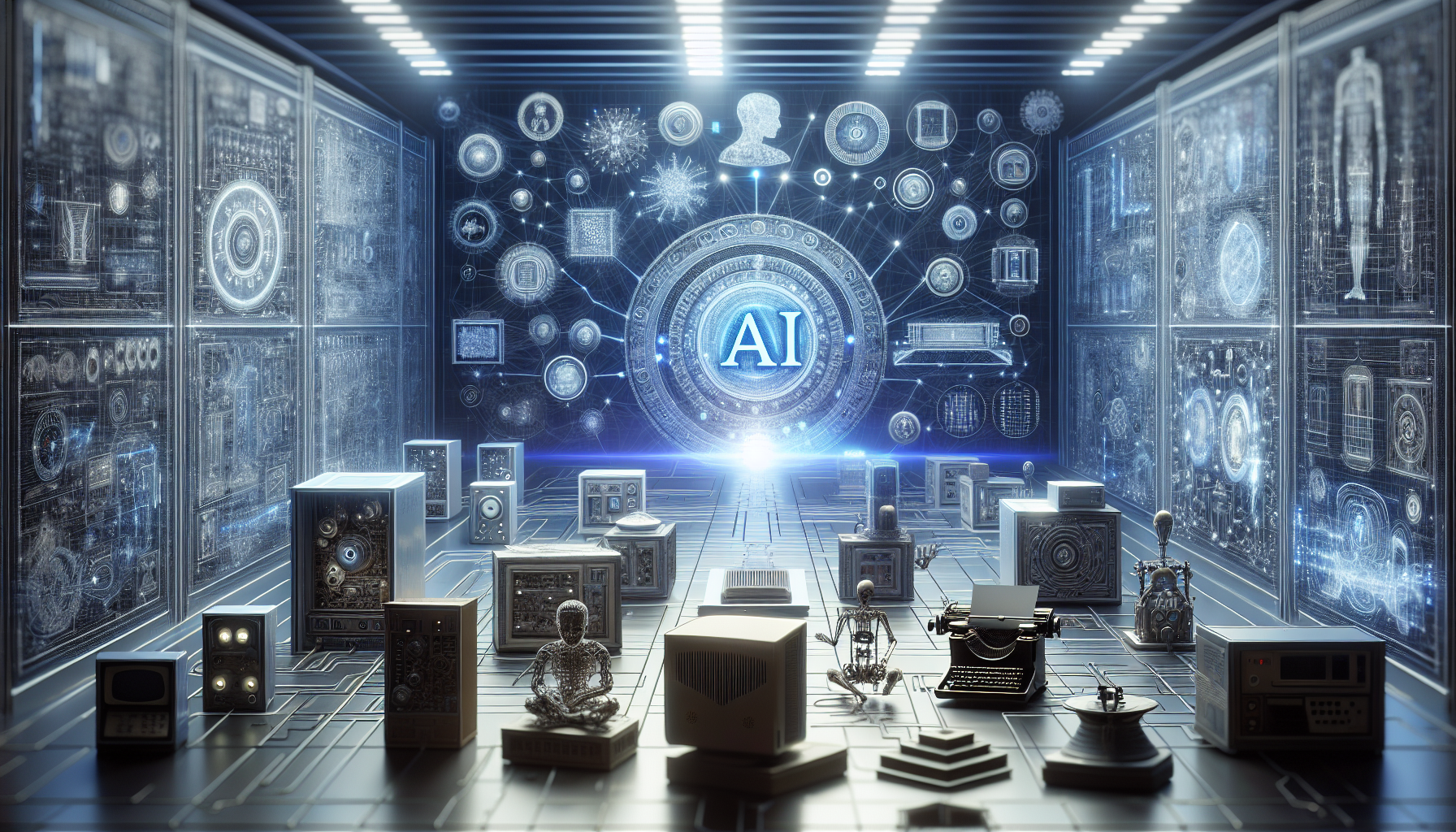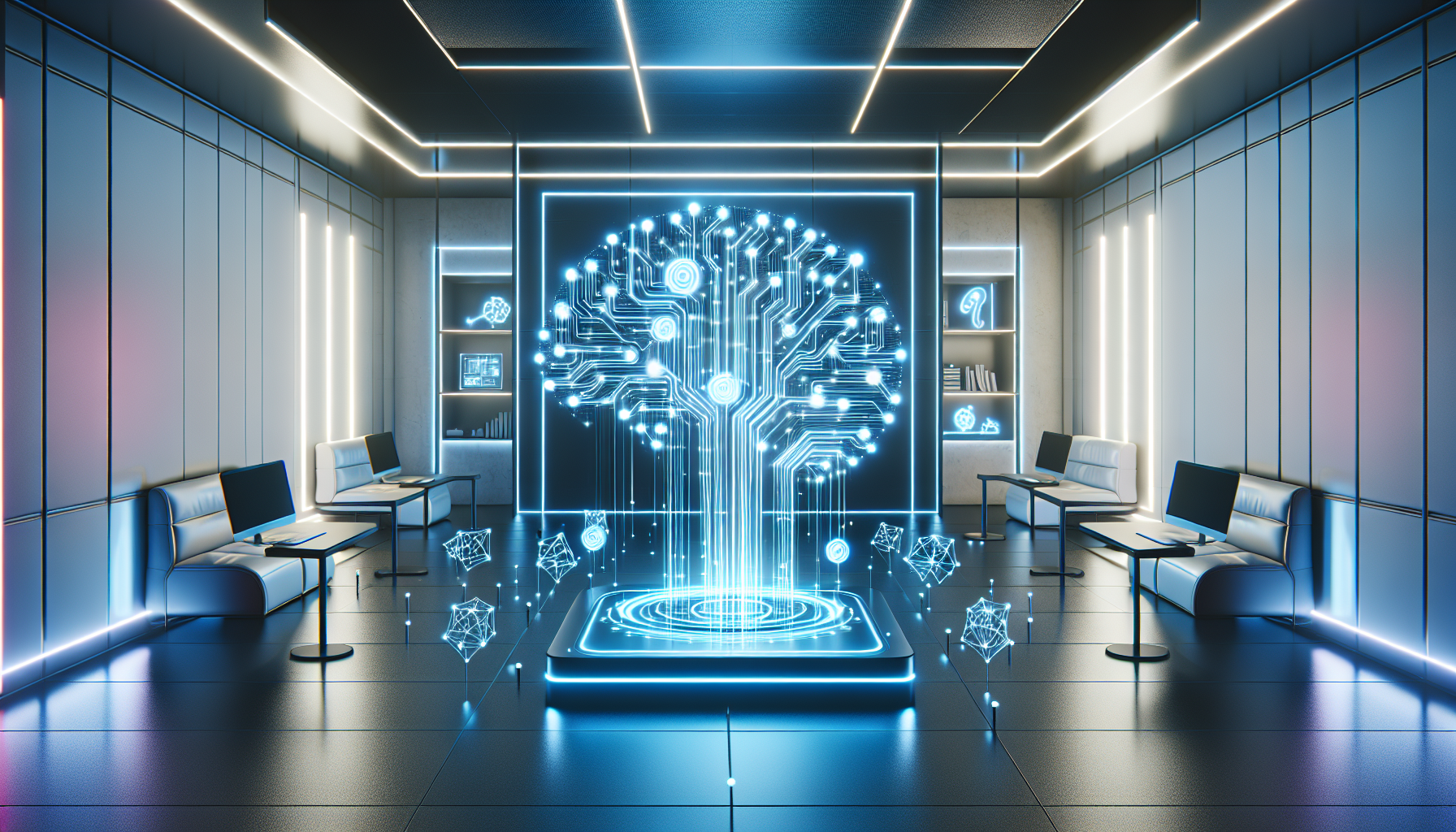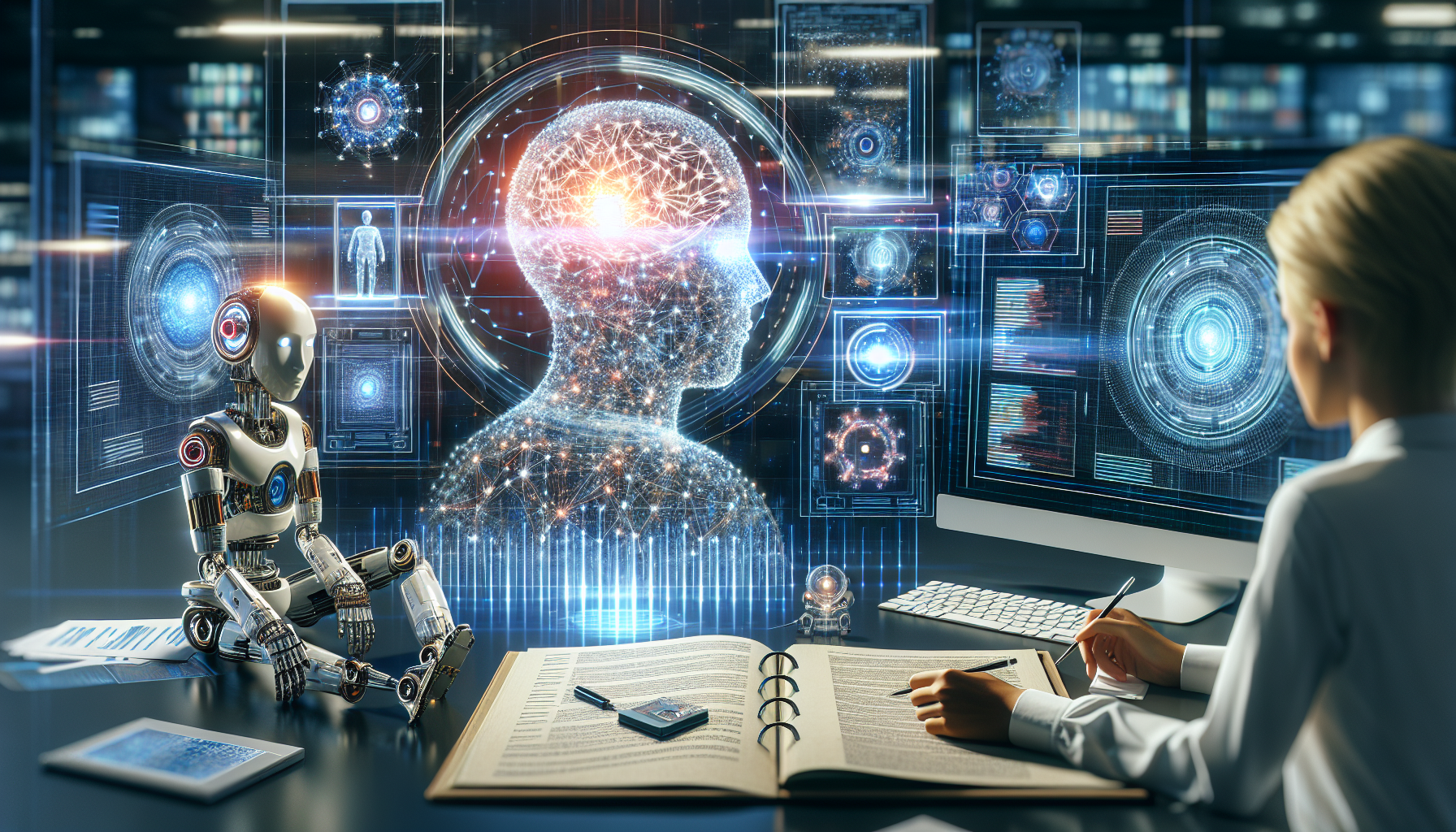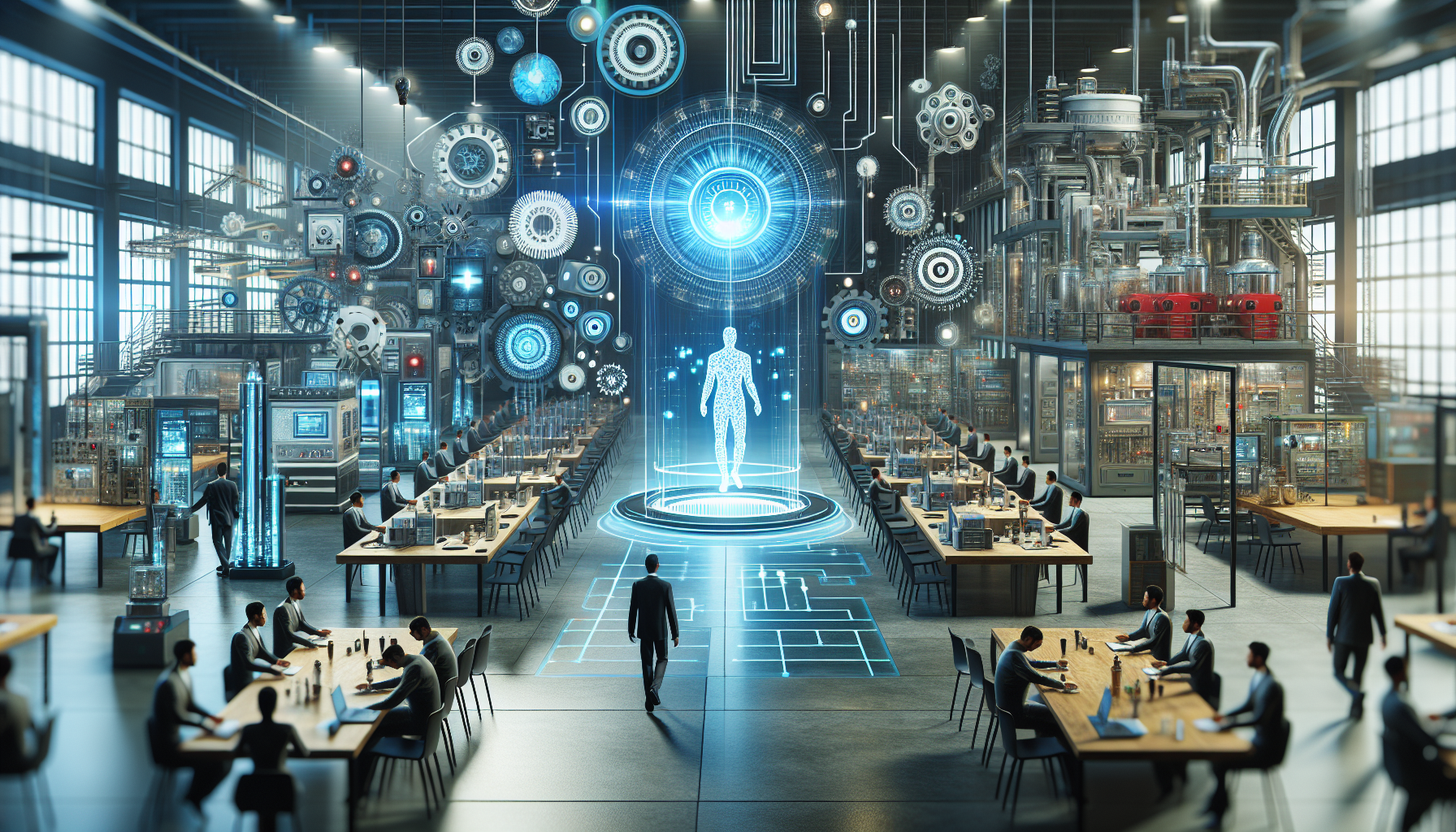
Machine Learning vs. Deep Learning: Understanding the Differences Through a Historical Lens
July 26, 2025
Artificial Intelligence has long fascinated humanity, serving as a beacon of technological promise and potential. Yet, even within this broad and compelling field, two terms often generate both enthusiasm and confusion in equal measure: Machine Learning and Deep Learning. To truly understand the distinctions and marvel at the strides we've made, it's illuminating to examine these concepts through a historical lens.
Imagine a world where machines could learn and adapt without explicit instructions. This dream was first kindled by pioneers who dared to question the status quo, envisioning a future where computers could mimic the cognitive processes of the human brain. Early machine learning models were simplistic by today's standards, focusing primarily on statistical methods to perform tasks such as classification and regression. These models laid the foundation, demonstrating the power of algorithms to learn from data and make predictions.
As the journey continued, the field experienced a profound evolution. Researchers began to draw inspiration from the intricate workings of the human brain, leading to the development of artificial neural networks. These networks, with their ability to process information in a manner akin to biological neurons, became the cornerstone of what we now know as Deep Learning. Unlike traditional machine learning, which often requires manual feature extraction, deep learning thrives on data volume and computational power, capable of automatically discovering patterns through layers of abstraction.
The historical trajectory of these technologies is not just a tale of scientific progress but also one of human perseverance and ingenuity. Early neural networks were limited by the computational resources of their time. Nevertheless, researchers persevered, driven by the belief that these models could revolutionize how machines understand the world. It was this unwavering commitment that eventually led to breakthroughs, as advances in hardware and algorithms converged to unlock the full potential of deep learning.
A pivotal moment in this journey was the recognition of deep learning's ability to excel in tasks previously deemed the exclusive domain of human intelligence. From image and speech recognition to natural language processing, deep learning models began to outperform traditional methods, dazzling the world with their capabilities. This was not merely a triumph of technology but a testament to the human spirit's relentless pursuit of knowledge and innovation.
Yet, the story of machine learning and deep learning is also one of collaboration and synergy. Rather than viewing these approaches as competing forces, many in the field see them as complementary, each with its strengths and weaknesses. Machine learning, with its emphasis on simpler models and interpretability, remains invaluable for tasks where transparency and understanding are paramount. Deep learning, with its hunger for data and computational power, excels in environments where complexity and scale reign supreme.
As we reflect on this historical journey, it's clear that the path from machine learning to deep learning is one of evolution, adaptation, and inspiration. It reminds us that great advances are often the result of standing on the shoulders of giants, building upon the foundations laid by those who came before. Each breakthrough, each discovery, is a stepping stone toward a future where machines not only assist but enhance our understanding of the world.
This narrative also serves as a powerful reminder of the potential that lies ahead. As we continue to explore the frontiers of artificial intelligence, what new possibilities will unfold? How will these technologies reshape industries, alter our interactions with the digital world, and transform the very fabric of society?
These questions invite us to dream and innovate, to push the boundaries of what is possible. In the end, the story of machine learning and deep learning is not just about technology—it's about the human capacity to envision a better future and to work tirelessly toward making that future a reality. What will the next chapter of this remarkable journey hold? The answers lie in the minds and hearts of those who dare to dream and create.


